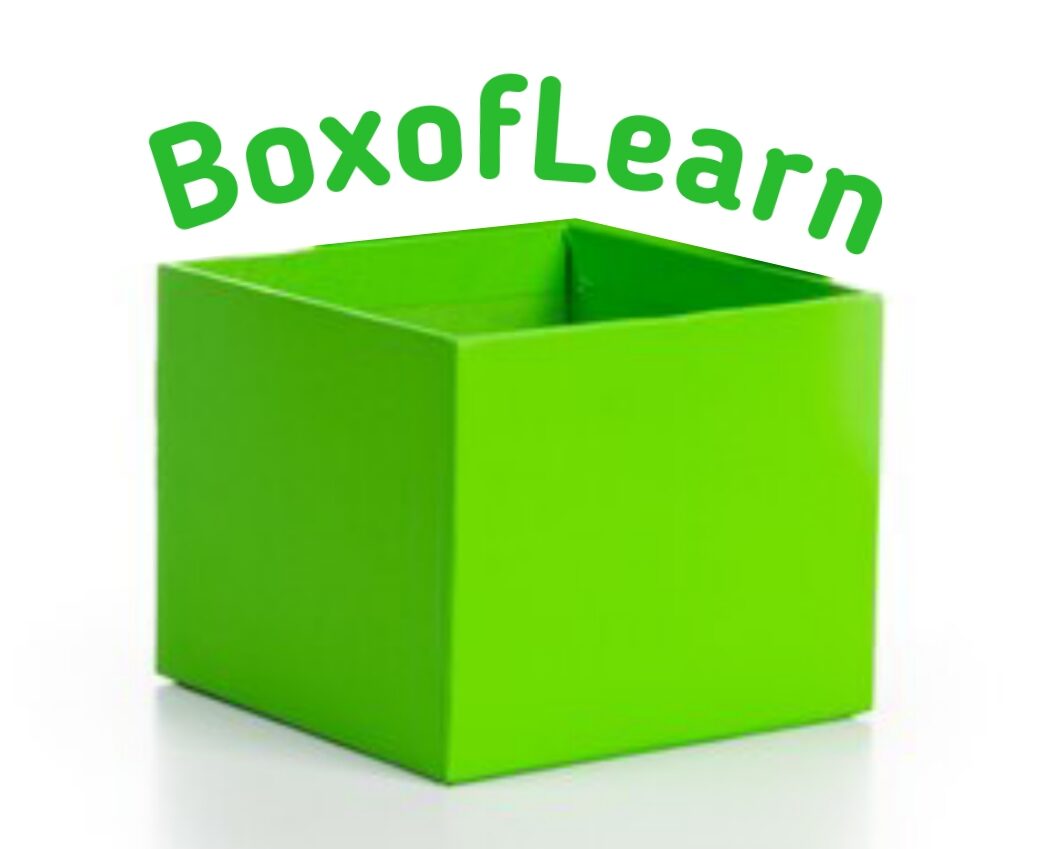MongoDB Query
A query in MongoDB is a request to retrieve specific data from a collection based on conditions. MongoDB queries are highly flexible and can filter, sort, limit and project data efficiently. What Is a MongoDB Query? A MongoDB query retrieves documents from a collection based on specific conditions. You can: Key Features of MongoDB Queries … Read more
